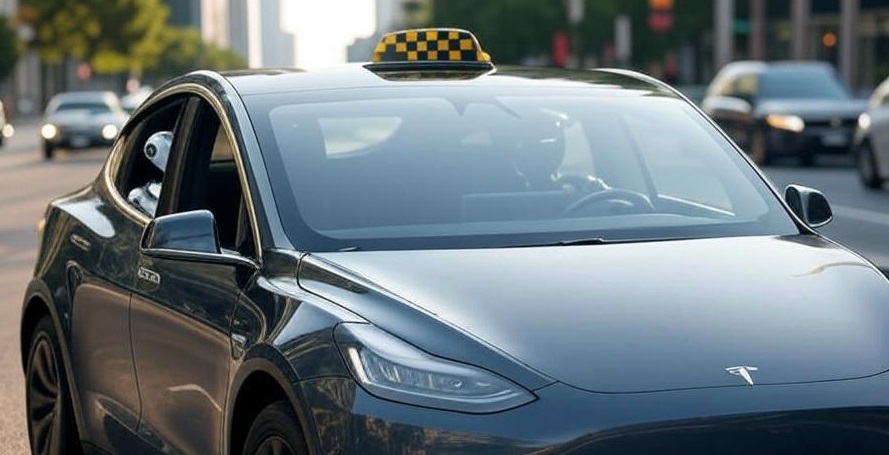
Tesla’s Bold Robotaxi Ambition
Tesla is preparing to launch its long-anticipated robotaxi service in Austin, leveraging its Full Self-Driving (FSD) technology to enter the autonomous mobility market.
Public Service Readiness Under Scrutiny
While Tesla’s FSD has advanced, regulators and safety experts question whether the system is ready for unsupervised public service operation.
Legal and Regulatory Hurdles
Reuters warns that AI-washing — overstating AI capabilities — may expose Tesla to legal risks if safety claims prove exaggerated or premature.
Accountability in Case of Accidents
With no human drivers involved, legal debates intensify over who bears responsibility for crashes—Tesla, software engineers, or passengers themselves.
Ethical Concerns Over Public Trust
The WEF highlights growing ethical concerns around public acceptance, trust in AI decision-making, and transparency in self-driving systems.
Investors Watch Closely
Financial markets closely monitor Tesla’s robotaxi progress, seeing it as a potential revenue revolution — but also as a major reputational risk.
Workforce and Economic Shifts
The rise of autonomous taxis may disrupt existing transportation jobs while creating demand for AI engineers, regulators, and safety auditors.
The Global Race for Autonomous Leadership
Tesla faces competition from rivals in China, Europe, and the U.S., each advancing their autonomous driving technologies and regulatory frameworks.
Conclusion: Robotaxis at the Crossroads
Tesla’s Austin robotaxi rollout represents both technological innovation and societal challenge — balancing ambition, safety, and responsible AI deployment.
